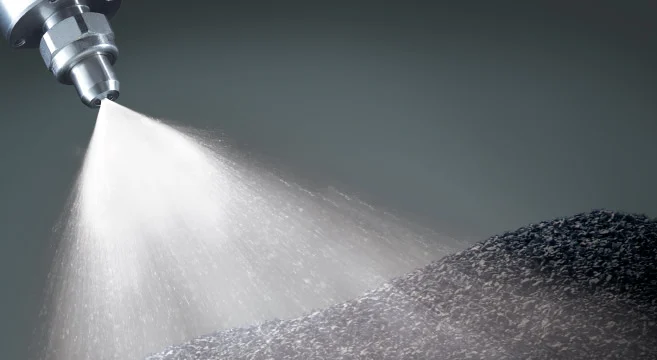Dust control is a critical component in various industries, including construction, mining, and agriculture. Managing dust effectively not only ensures regulatory compliance but also promotes a safer and healthier working environment. Understanding the specific needs and conditions of each site is crucial in choosing the right dust control method from bosstek.com. Two primary methods of dust suppression are using water and chemical suppressants. Each has its advantages and disadvantages, making it essential to understand their respective pros and cons to choose the best option for specific situations.

Effectiveness in dust suppression
Water is a widely used dust suppressant due to its immediate availability and straightforward application. It quickly settles dust particles, effectively reducing airborne dust for short periods. However, water tends to evaporate rapidly, especially in hot and dry conditions, necessitating frequent reapplication. This can lead to higher operational costs and potential downtime for continual dust control efforts. Chemical dust suppressants, in contrast, are designed to provide longer-lasting control. Products like calcium chloride and organic polymers bind dust particles together, forming a crust on the surface that prevents dust from becoming airborne. This durability means less frequent application is needed, leading to more consistent dust suppression over time. The extended effectiveness of chemical suppressants can be particularly beneficial in areas with heavy traffic or in conditions where water would evaporate too quickly.
Cost considerations
Water is generally inexpensive and readily available, making it an attractive option for many dust control applications. The initial cost is low, but the need for frequent reapplication can drive up long-term expenses. The operational costs include labor, equipment, and the potential for increased wear and tear on machinery due to the constant need for dust control measures. Conversely, chemical dust suppressants typically have a higher upfront cost compared to water. However, their longer-lasting effects can result in cost savings over time by reducing the frequency of application. The lower labor and equipment costs associated with fewer applications can offset the higher initial investment. In areas where water is scarce or expensive, chemical suppressants can offer a more cost-effective solution.
Application and maintenance
Applying water for dust control is straightforward and does not require specialized equipment. However, maintaining effective dust suppression with water can be labor-intensive due to the need for frequent applications. Additionally, water trucks and spraying equipment must be regularly maintained to ensure efficient operation. Chemical dust suppressants require more specialized knowledge and equipment for proper application. The process involves preparing the site, mixing the chemical solution correctly, and ensuring even distribution across the area. While the application process can be complex, the reduced frequency of application means less ongoing maintenance is required.
Health and safety
Water is generally safe to use and poses minimal health risks when applied correctly. However, over-wetting can create slippery conditions, potentially leading to accidents on-site. It’s essential to balance effective dust suppression with maintaining safe working conditions. Chemical dust suppressants, depending on their composition, can pose health risks if not handled and applied properly. Some chemicals can be irritating to the skin, eyes, and respiratory system, necessitating the use of personal protective equipment (PPE) and adherence to safety guidelines during application. Choosing safer, less toxic chemical options and implementing strict safety protocols can mitigate these risks.
Both water and chemical dust suppressants have their place in effective dust control strategies. Understand the specific needs and conditions of each site before picking a dust control method. By weighing the pros and cons of each option, you can make informed decisions that balance effectiveness, cost, environmental stewardship, and safety.






Leave a Reply
You must be logged in to post a comment.